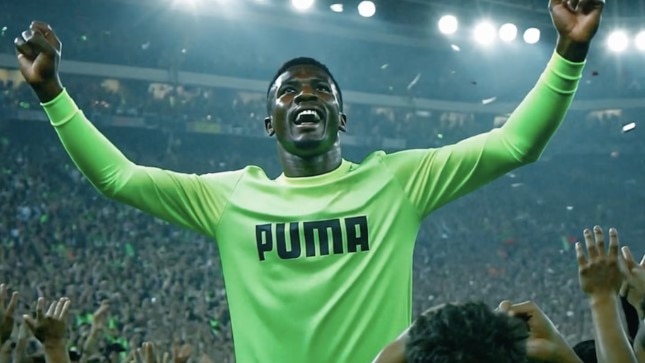Marketers Are Putting More Content and Quality Control in the Hands of AI
The arrival of marketing campaigns generated entirely by artificial intelligence is inevitable, consultants say.

Marketers are growing more comfortable with letting generative artificial intelligence assume the voices of their brands.
The work often involves AI agents, which are a series of interconnected AI entities that perform different tasks in the marketing chain, as the industry inches closer to a day when proponents say AI will develop, produce and even approve entire campaigns with little or no human intervention.
“You’re going to relinquish control. It makes too much sense,” said Noah Brier, co-founder of AI-focused consulting firm Alephic. Building better AI tools to evaluate the work of other AI tools would be key, since the amount of marketing content being generated is already too great for proper human review, Mr Brier said.
But brands aren’t waiting for perfection. Prudential Financial recently addressed the challenge of producing large volumes of personalised content by working with Adobe and AI start-up Gradial to create a virtual employee.
“We are, for the first time, onboarding a digital co-worker in the content authoring space,” said Hema Widhani, chief digital and marketing officer at the financial services and insurance company.
The AI “employee” has been tasked with using behavioural, geolocation and real-time data to generate web pages tailored to the interests of each of the millions of customers and advisers who visit Prudential’s web properties, Ms Widhani said.
At last year’s Aspen Ideas Festival, Prudential debuted an AI photo booth that outlines each user’s potential retirement, complete with a simulated image of the person 20 years into the future. The project was designed to help identify new customers, Ms Widhani said.
Since Prudential works in a highly regulated industry, it has begun testing evaluative AI agents that review all AI-generated content to determine whether it complies with relevant legal regulations and adheres to the company’s brand voice, Ms Widhani said. AI-generated content that is published under the names of Prudential executives requires an extra layer of scrutiny, she said.
Every AI process still requires some form of final human review, but the personalised web pages may become an exception to that rule, said Ms Widhani.
The nature of the relationship between AI and its human reviewers is changing.
Consumer health products company Opella operates an AI “factory” that produces advance care planning materials for medical professionals alongside the hundreds of web pages, images and Instagram posts that it generates every day, said chief growth officer Alberto Hernandez.
The company, which sells products from the antihistamine Allegra to the laxative Ducolax, embeds at least one human regulatory adviser within its AI marketing team to catch and undo hallucinations, or instances when the algorithms spit out false information, Mr Hernandez said.
To ensure that its AI-powered marketing materials are medically accurate, Opella also trains its AI agents using the expertise of healthcare professionals.
Opella is confident enough in the AI agents that have been trained on the voices of its many brands that it doesn’t alter the work they produce beyond human fact-checking, Mr Hernandez said. “We don’t allow for interactions and changes, because (in the time it takes to) say, ‘No, can you make the logo bigger,’” the AI could have produced another 100 pieces of content, Mr Hernandez said.
Creating fully AI-generated video ads remains a last frontier of sorts for marketers.
A small number of brands, such as Toys “R” Us, have received a decidedly mixed critical reception upon releasing what they call AI-generated videos.
Marketing and tech services firm Monks, part of ad holding company S4 Capital, last month released a minute-long video for Puma that it described as a “fully AI-generated” prototype.
The company used a network of AI agents serving in roles such as script writer and creative director, each trained on the company’s voice and aesthetic, to produce a first draft of the film with no input from Puma, said Debora den Iseger, senior vice-president and head of content and innovation at Monks.
After Puma executives viewed the work, however, Monks began tweaking the prompts and pulling shots that weren’t working in an editorial approval process that began to resemble that of a standard commercial shoot, she said.
The video was an experiment for Puma, rather than an external ad.
It isn’t yet clear whether AI-generated materials, as they exist today, can effectively persuade consumers.
That is a question that cannot be answered by AI agents evaluating the work of other AI agents, said Cecilia Dones, AI researcher and founder of consulting firm 3 Standard Deviations.
THE WALL STREET JOURNAL


